Why TikTok is Not a Place for Tweens
by Leonie Smith
After a merger between musical.ly and TikTok, all previous users of musical.ly are now users of TikTok. There are reportedly over 150 Million users. TikTok is very much the same type of app as musical.ly was, but has a broader appeal and is not just focused on dance, gymnastics and music and vocal lipsyncing. TikTok includes a lot of prank and comedy videos and challenge style videos, where you make a video that fits a theme, i.e. #10yearchallenge or #wrapbattle.
What is TikTok about?
TikTok previously known as lip-syncing app musical.ly is a short-form 15sec video creating/sharing social media app rated 13+ for use. It is a 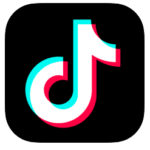 free mobile app available on both Apple and Android mobile devices. Users of TikTok can make videos by creating an account and using the creator tools to film their video and add special effects. They can then share videos, engage with others on the app, record duets with other users, and view videos from the “For You” tab or search for videos via search or the live streaming tab or via trending #hashtags.
free mobile app available on both Apple and Android mobile devices. Users of TikTok can make videos by creating an account and using the creator tools to film their video and add special effects. They can then share videos, engage with others on the app, record duets with other users, and view videos from the “For You” tab or search for videos via search or the live streaming tab or via trending #hashtags.
If a user posts their video publically the video can then be remixed, shared or commented on by others on the app, who may not be friends. The privacy settings (below) determine what visibility the video has and who can interact with the user or the video.
So what’s different?
- More special effects and interactive features
- Broader focus, not just dance and lip sync
- More challenges and dares, themed skits and pranks
- More interaction and collaboration on videos
- Broader demographic – more adults are making videos
- Live video streaming more prominent
Adult Content
Some content in the videos is very mature. I’ve seen videos with self-harm themes, drug and alcohol use, explicit sexual references, explicit language and lyrics, and dangerous behaviour. This adult content is easily found by simply scrolling through the “For You” feed.
Sexualised Children
There are many videos of children miming songs with explicit sexual adult language and behaving in sexualised ways.
Bullying
Bullying is still a big issue, with harassment in the comments and parody videos being created to humiliate and tease some users, particularly users with disabilities. There are quite a few videos from users calling out the bullies also.
Self Harm
Although many of the better known and more obvious hashtag search terms are hidden now, new variations of the #hashtags are created daily. I saw a lot of videos around the theme of loneliness, self-harm, and depression. I also saw some comments where people were encouraging self-harm.
Young Users
Although there seems to be an increase in adults creating videos on this app, many younger children are still using the app below the recommended age. I’ve seen children that look as young as seven years of age posting videos publicly.
In-App Purchases
Users can purchase “gifts” to give to other users. These range in price from $5.00 right up to $50.00. Popular TikTok “stars” can earn quite a bit of money through gifts. Parents can disable In-App purchases on their child’s device through parental controls which should block any monitory purchases within the app. Go to the “Screentime” settings if on an Apple device.
Adult Predators and Grooming Of Children
The live streaming side of this app has a risk of users being subjected to inappropriate comments and requests in real time. Users who are inappropriate can be reported and banned from the app or from streaming. Because live streaming is interactive, it is not advisable for younger users to live stream.
Setting up Privacy and Safety Settings – How to:
Teens should set their account to a private account and not share their videos publicly to protect themselves.
To find the privacy and safety settings go to your profile and click the … icon top right of the screen. Then scroll down to “Privacy and Safety” Set “Private Account” to the Green/On position.
You can also restrict who you can interact with you on the app via messaging or responses to your videos, set to “Friends”, or switch to “Off”.
Downloading your videos should be disabled also in the settings. Note: This setting may not prevent saving and sharing of your videos. It is relatively easy to copy videos with other screen recording methods. Making sure that all your videos are respectful and appropriate is essential.
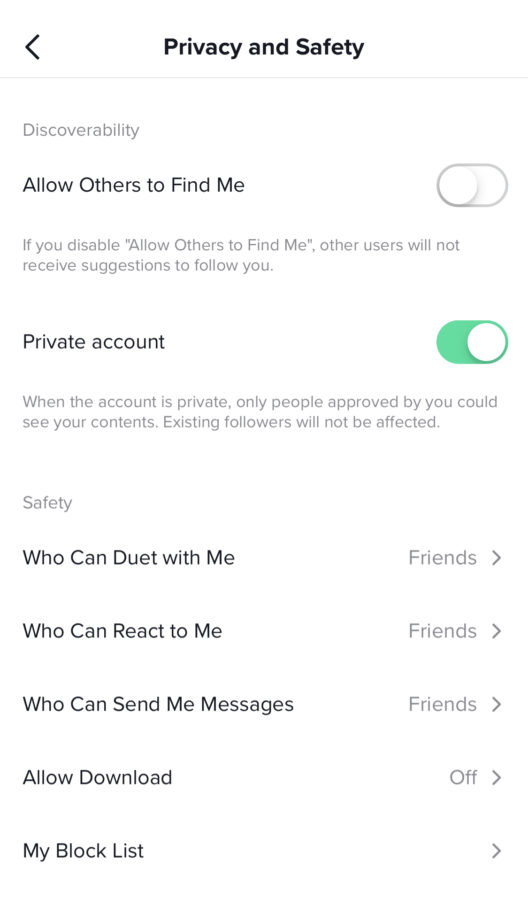
A Safe Profile!
TikTok warns that even with a private account “your profile information – including profile photo, username, and bio – will be visible to all users. You can be sure your profile is online-ready by editing your profile page”. Please do not include personal information such as your real age, real name, school, or a link or user name for other platforms in your profile.
Adult Content Filters and Screen Time Issues
There is now a setting called “Digital Wellbeing” which can be locked with a passcode by a parent. The “Digital Wellbeing” tab has two settings, one to filter adult content “Restricted Mode” and the other setting to restrict the time on the app to 2 hours a day “Screen Time Management”.
I tested the “Restricted Mode” for adult content, and it didn’t seem to filter adult content efficiently. I still saw videos with adult content, explicit language and inappropriate behaviour with the filter enabled. From the TikTok Safety Tools Page “Enabling Restricted Mode is an option at the account settings level to limit the appearance of content that may not be appropriate for all audiences.”
Scrolling through the videos, even with the “Restricted Mode” on it is still very easy to come across adult content with, swearing, bullying, dangerous behaviour, and sexual themes. This setting is unreliable.
Screentime Setting Management – To Limit Time On The App:
There is also a new screentime limit setting to help users limit their time on the app. “With Screen Time Management enabled, we’ll help hold you to 2 hours on the app.” As a parent, you could lock it on with a secret pin code. The app will then lock up and ask for the parent’s pin code when use has reached 2 hours. There is no way to change the time limit so that it will lock up under 2 hours.
Sharing profiles across social media.
Users can share their profile to cross-promote it across to other platforms like Facebook, WhatsApp, Snapchat and Instagram. It is safer not to do this.
Last thought – Why TikTok is not a place for Tweens
The app is rated 16+ by Commonsense Media, although the app is rated on iTunes at 13+ I would agree with Commonsense Media’s assessment of 16+ preferably 13+ minimum depending on the maturity of the teen. This is due to the adult content, self-harm themes in some videos, frequent bullying, live streaming interactivity and the social side of the app. The privacy settings need to be enabled for teens and younger children, but there is no way to lock them on. Use of this app takes a mature person who can deal with bullying, possible sharing of their videos beyond their friends and inappropriate comments, random friend requests, and explicit language and adult themes.
Verdict: Definitely NOT for the under 13’s. Recommended age 16+
If you would like more, Leonie is hosting a “Keeping Kids Safe Online” Webinar on Tuesday 10th March 2020 8pm Sydney Time. This is a one hour webinar for parents with insights into the latest apps including TikTok, Snapchat, Instagram, games like Fortnite and Roblox.
Additional Legal News on TikTok, from Leonie
The Chinese owners of this app ByteDance have been fined a record $5.8 Million US dollars (8 million Aus) by the U.S Federal Trade Commission for not complying with the Privacy Protection law COPPA. The reasons for the fine are that TikTok did not adhere to the law in protecting users under the age of 13+. They did not ask for age verification prior to 2017 on sign up or take down profiles of underage users who clearly stated their age on their public bios. They did not respond to parents requests to delete under age user videos and personal information. They also exposed children to predatory behaviour on the app and up until 2016 exposed users privacy giving their location within an 80K radius.
This has resulted in TikTok having to adhere to some new restrictions for U.S users. They have been told to take down U.S underage user accounts, to ask for age verification on sign up, and direct underage users to a safer version of the TikTok Platform. They must now also remove the videos of users when requested from the database. These restrictions will not cover any children based outside of the U.S. Australian children are not covered by this COPPA ruling. You can read more about the ruling and what it means here
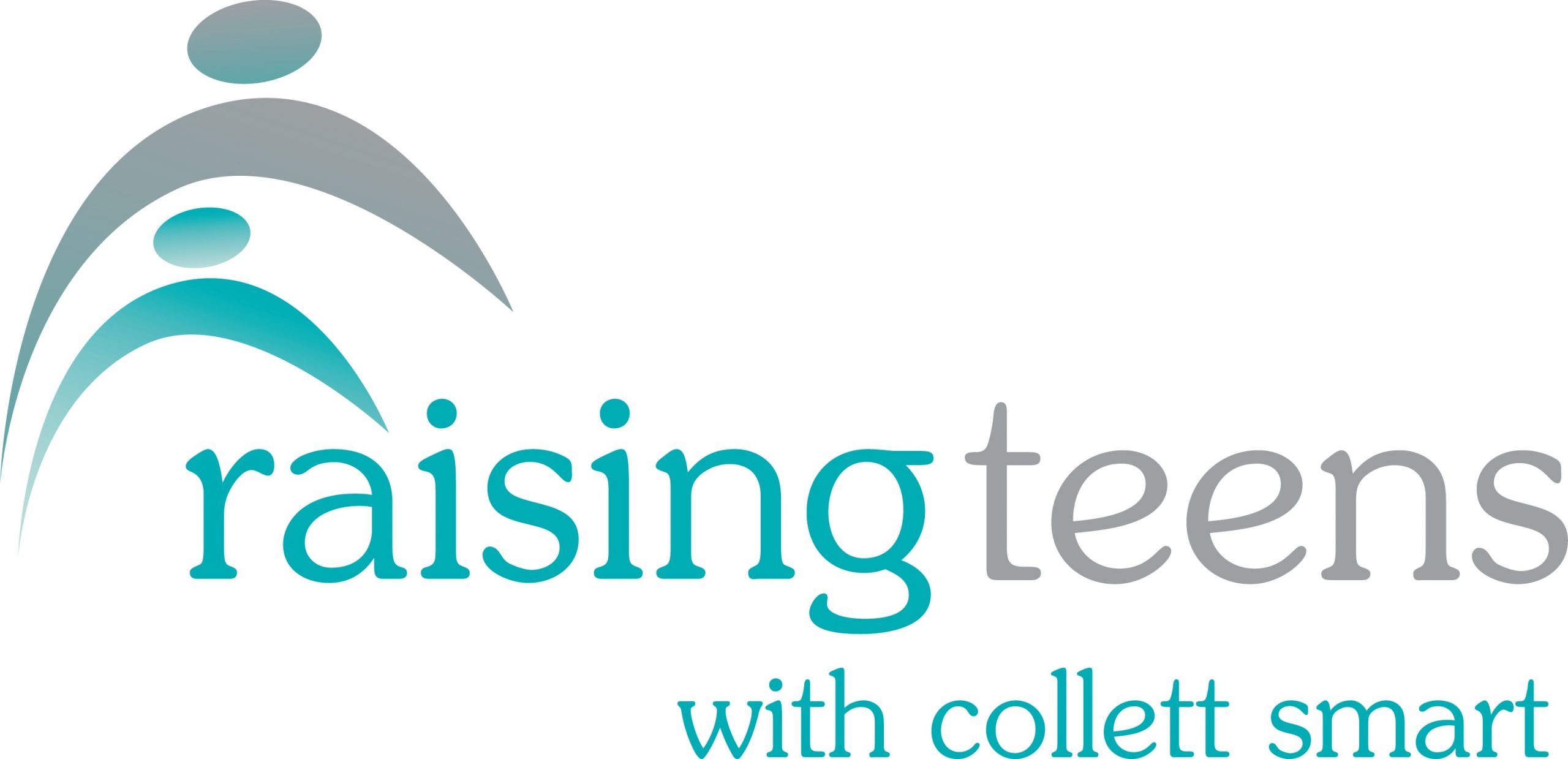

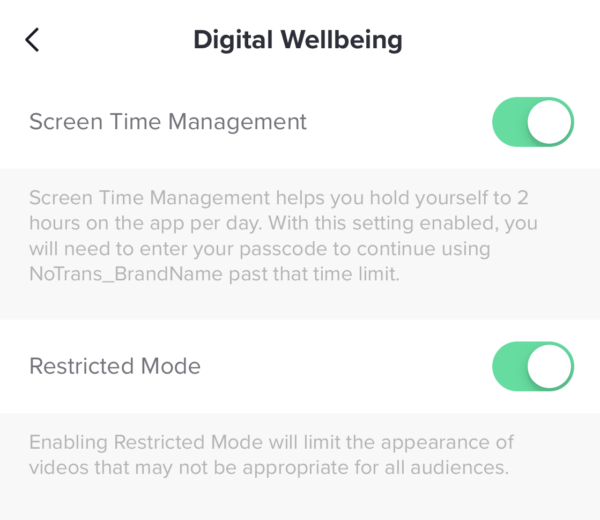


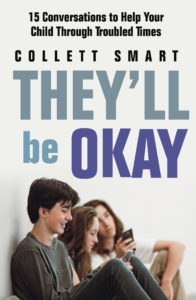
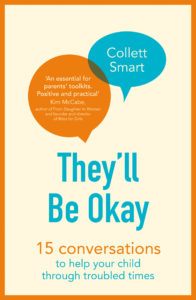
 My name is Collett Smart. I am a psychologist, qualified teacher, speaker, podcaster and internationally published author, with more than 25 years experience working in private and public schools, as well as in private practice. I am married and have 3 children aged aged 22, 20 and 14 years-old.
Welcome to Raising Teens!
My name is Collett Smart. I am a psychologist, qualified teacher, speaker, podcaster and internationally published author, with more than 25 years experience working in private and public schools, as well as in private practice. I am married and have 3 children aged aged 22, 20 and 14 years-old.
Welcome to Raising Teens!